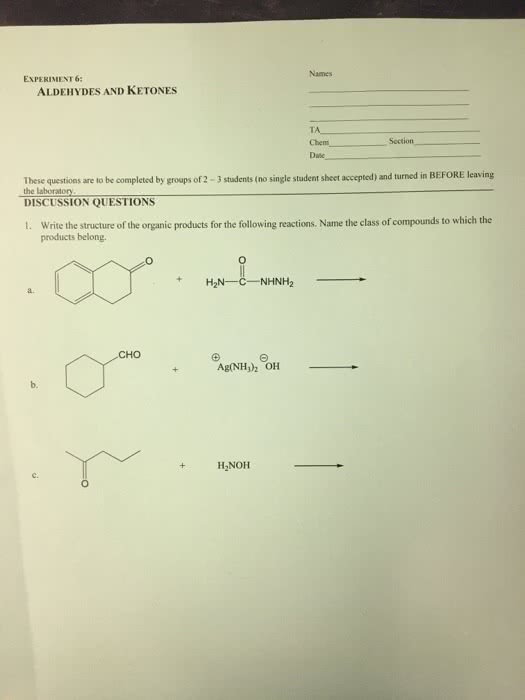CHEM 454 Lecture Notes - Lecture 1: Leucine, Capillary Action, Sodium Fluoride
Document Summary
The main sugar that comes from the food in the diet. Glucose is carried through the bloodstream to provide energy to all cells in the body. cells can"t use glucose without insulin. Body produces it from protein, fat and in largest part, carbohydrates. Ingested glucose is absorbed directly into blood from intestine, results in increasing bgc. It is readily mobilized storage form if glucose, which is accumulated in response to insulin and broken down into glucose in response to glycogen. Glycogen is mainly stored in the liver and provides the body with available energy source if bgc decreases. Normal plasma glucose level: fasting plasma glucose level(normal) normoglycemia (75-110mg/dl) Increase above the normal range hyperglycemia ~>110mg/dl: decrease below the normal range hypoglycemia ~>50mg/dl. Blood sample collection: capillary blood from the tip of the finger is used, anticoagulant (potassium oxalate) and sodium fluoride (inhibitor/glycolysis) should be used.


